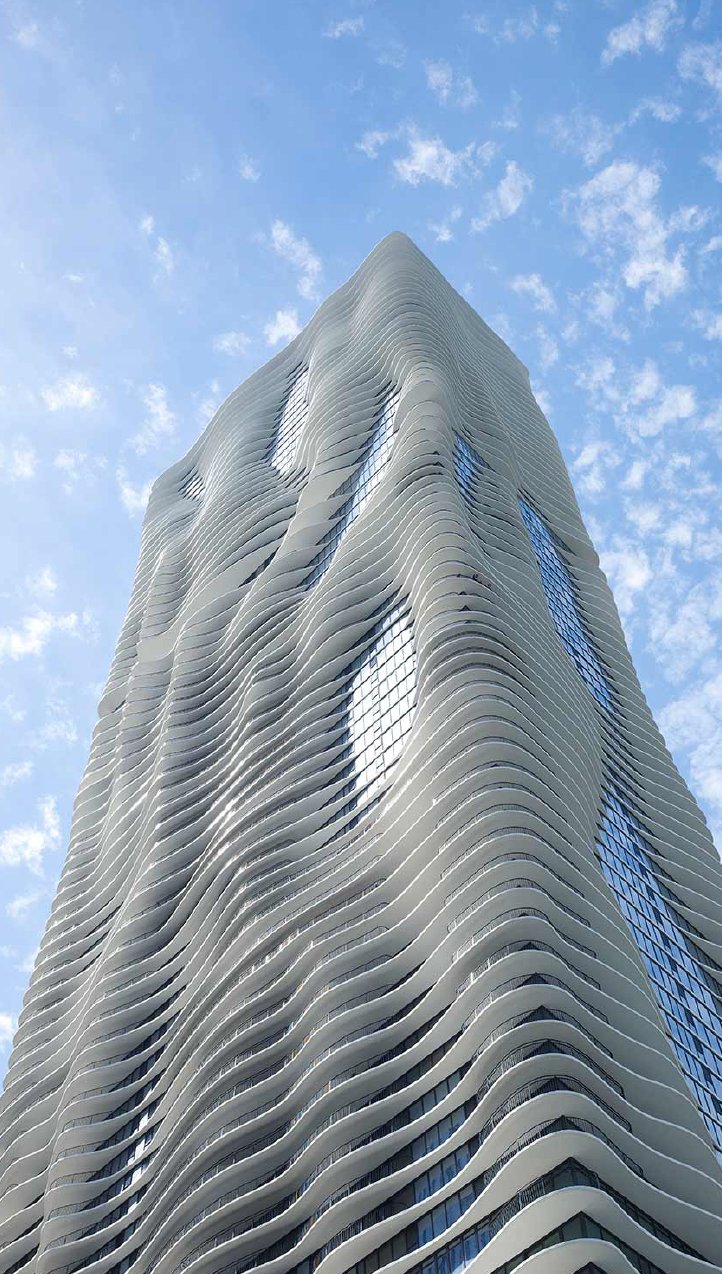When working on architectural projects, you’ve probably come across terms like 3D rendering and 3D modeling. These two processes are at the heart of creating compelling visualizations, but what’s the real difference between 3D rendering and 3D modeling? No matter if you are an architect, interior designer, home developer, or realtor, understanding the distinction is key to effectively communicating your vision. Here at Xpress Rendering, we offer both 3D rendering services with a 3D modeling preview to make sure we understand your vision to bring your designs and ideas to life, each playing a vital role in transforming an idea into a visual reality.
Let’s dive in to clarify these two concepts and explain how they work together to create powerful visuals.
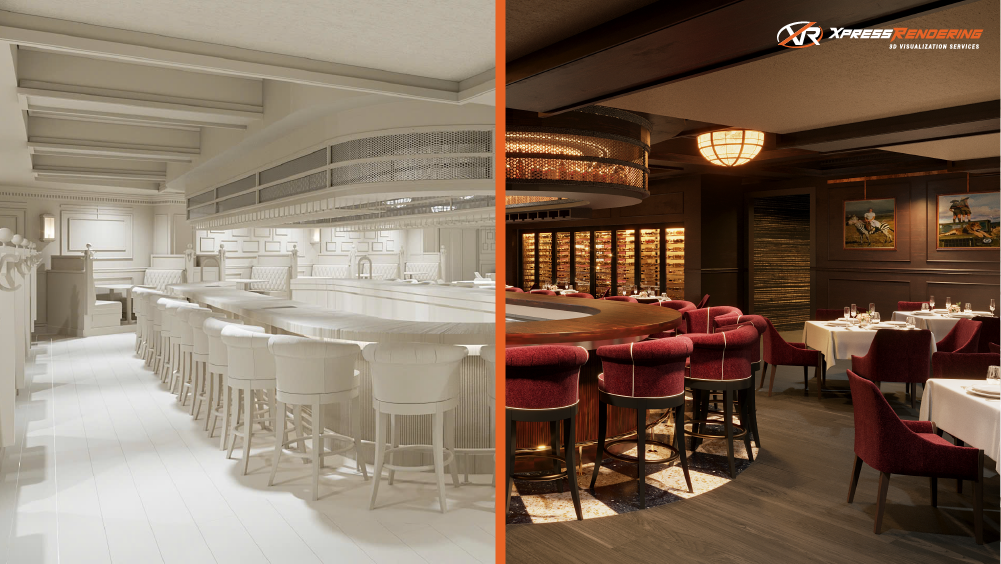
What is 3D Modeling?
3D modeling is essentially the process of creating a digital representation of an object, building, or space in three dimensions. Think of it as sculpting, but in a virtual environment. Architects use 3D modeling software like SketchUp or AutoCAD to create detailed representations of a structure, complete with dimensions, geometry, and spatial relationships. The result is a “wireframe” or basic skeleton of the object.
3D modeling’s main goal is to represent a structure in a way that allows for easy adjustments and customization. It’s like building a digital blueprint. Want to add a window here? Change the roof slope there? No problem. This is where 3D modeling shines.
The process involves:
- Creating the structure’s basic form.
- Adding details such as doors, windows, and walls.
- Modifying any components according to the project’s needs.
Without 3D modeling, it would be nearly impossible to make quick adjustments or see how design changes impact the overall project. However, a 3D model on its own lacks textures, colors, and realism. It’s the starting point, not the final product.
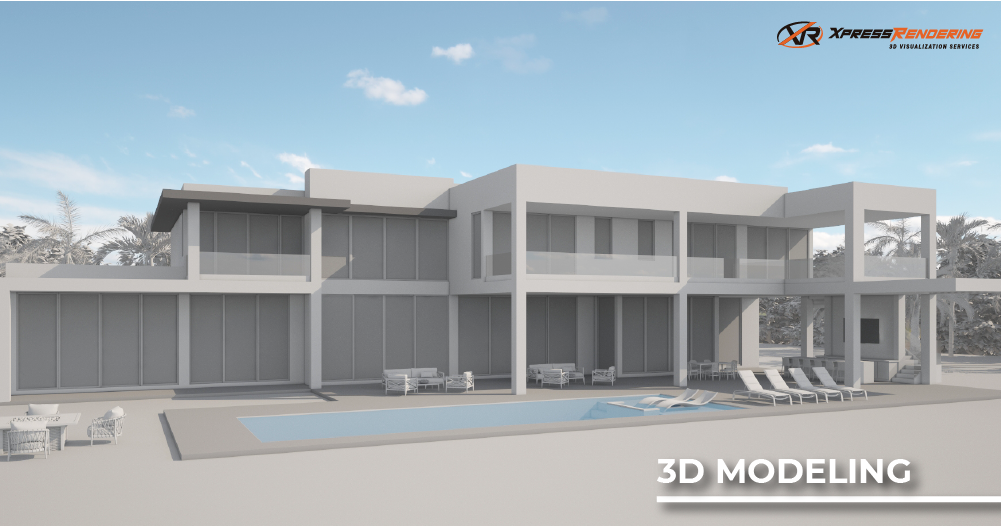
What is 3D Rendering?
Once the 3D model is ready, 3D rendering brings it to life. If 3D modeling is about creating the skeleton, 3D rendering is about adding the flesh, skin, and, well… all the pizzazz. Rendering applies textures, lighting, and shading to the model, giving it depth and realism. You can visualize how natural light interacts with the space, see material finishes, and get a feel for the final result.
Imagine you’re showcasing a building to a client. A wireframe model might not impress them, but a fully rendered image? Now that’s a game-changer! Rendering helps clients understand what the final product will look like, allowing them to visualize every detail—from the color of the walls to the texture of the flooring.
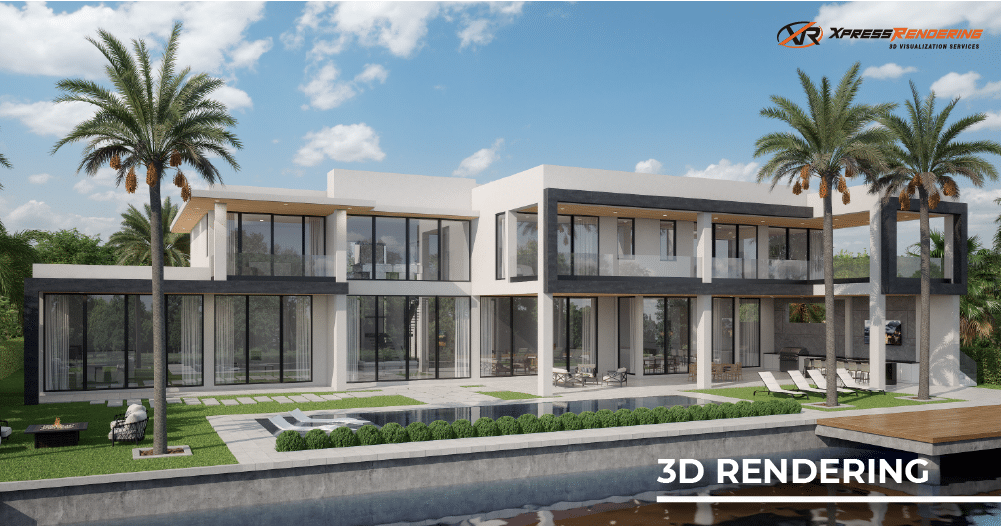
3D rendering includes:
- Adding textures and materials to surfaces.
- Simulating lighting to see how the space feels at different times of the day.
- Creating realistic shadows and reflections to enhance the overall visual appeal.
At Xpress Rendering, we specialize in creating stunning, photorealistic 3D renderings that make your projects stand out. And the best part? These renders are customizable to your specifications. If you wand to learn more about 3D Rendering visit our latest article: “How to Optimize DPI for Architectural Renderings“.
Image Prompt 2: A fully rendered 3D image of a modern living room, showcasing realistic lighting, textures, and shadows to highlight the difference from the wireframe model. ALT text: A photorealistic 3D rendering of a modern living room, featuring soft lighting and detailed textures.
What Comes First, 3D Rendering or 3D Modeling?
What Comes First, the Chicken or the Egg? We’ll leave the chicken-or-egg debate to the biologists, but in the world of architectural visualization, we know exactly what comes first. To create a stunning 3D render, you need a 3D model first. Without the underlying structure created during 3D modeling, there’s nothing for the rendering process to build upon.
Think of it this way: the 3D model is the foundation, and 3D rendering adds the finishing touches. The model provides the geometry, dimensions, and form, while rendering brings it to life with lighting, textures, and realism.
Without 3D modeling, your render would simply be an empty canvas. So, no shortcuts here—just like how you can’t bake a cake without batter, you can’t create a 3D render without first building the 3D model. At Xpress Rendering, we expertly handle both processes to ensure your projects go from concept to photorealistic visualization smoothly.
The Key Differences Between 3D Modeling and 3D Rendering
So, now that you understand the essence of both, let’s break down their key differences. The primary distinction lies in their purpose and output.
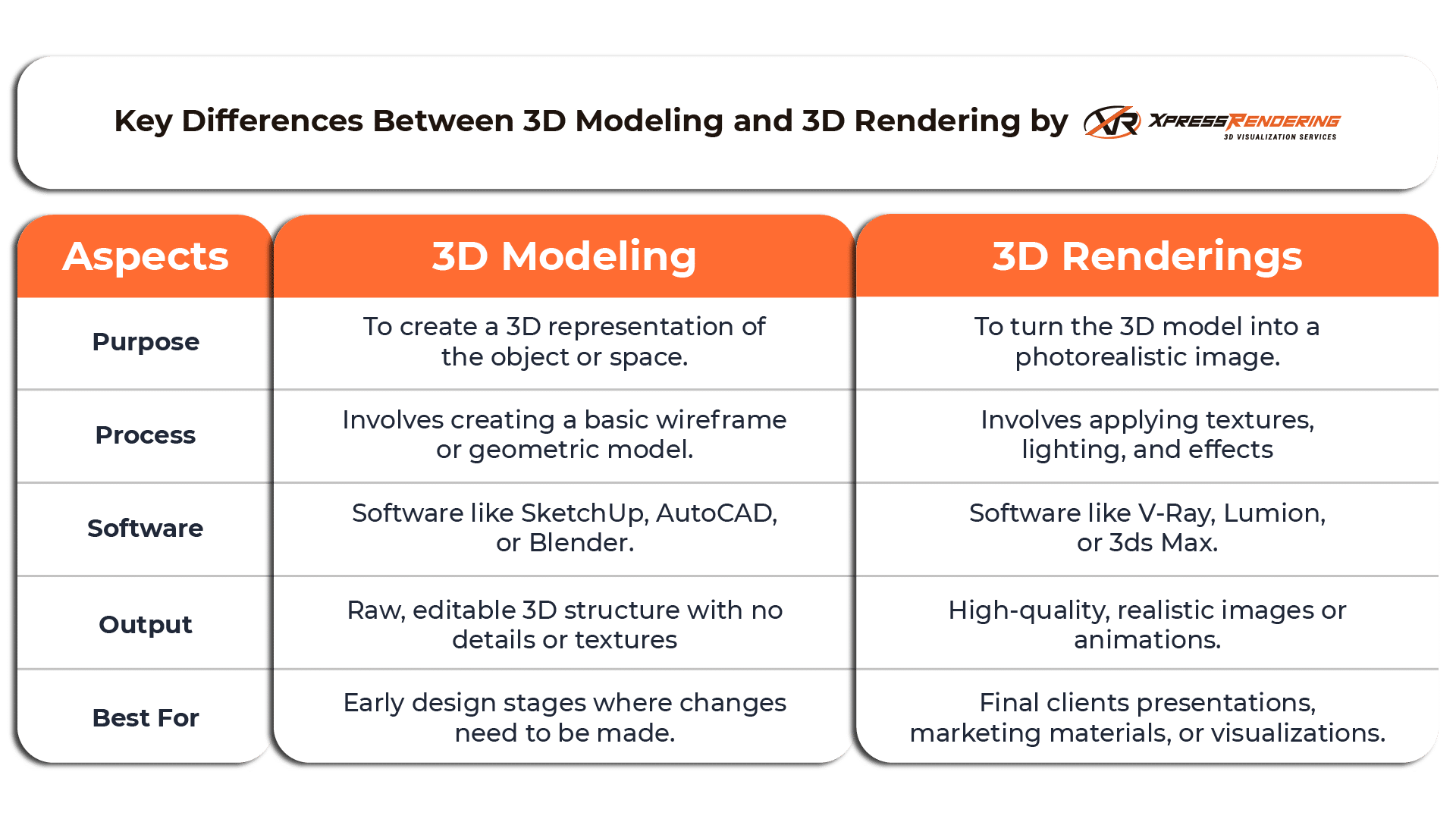
3D modeling is technical, functional, and essential for the design process. In contrast, 3D rendering is artistic and polished, perfect for impressing clients and stakeholders.
Why Both Are Essential in Architecture
Now, you might be thinking, “Can I just skip one and go straight to the other?” The short answer is: no! Both 3D modeling and 3D rendering play crucial roles in architectural visualization. You can’t have a polished 3D render without first having a detailed 3D model. The two are interconnected and work together to bring your ideas to life.
Architects use 3D modeling to experiment with designs, while 3D rendering is more about showcasing those designs in their full glory. If you want to make last-minute adjustments or visualize a project before it’s built, you need both.
And that’s where Xpress Rendering comes in. Our team specializes in both processes, ensuring that your project moves smoothly from concept to presentation.
Image Prompt 3: A side-by-side comparison of a 3D model and its final rendered version of a luxury kitchen. ALT text: A side-by-side image showing a wireframe 3D model and a fully rendered luxury kitchen with realistic lighting and textures.
A Perfect Partnership: 3D Rendering and Modeling
In short, 3D modeling and 3D rendering are like peanut butter and jelly—they’re better together. The combination of the two allows architects and designers to present their work in a way that’s both functional and visually stunning.
Whether you’re tweaking a floor plan, designing interiors, or showcasing an entire building development, Xpress Rendering offers a complete package, from CAD and BIM services to photorealistic rendering and even video animations. With our help, you’ll have everything you need to wow your clients and bring your vision to life.
Now That You Understand the Difference Between 3D Rendering and 3D Modeling, What’s Your Next Move?
Now that you understand the difference between 3D rendering and 3D modeling, it’s time to take the next step. Whether you need object modeling, detailed floorplans, or photorealistic renderings, Xpress Rendering has the tools and expertise to make it happen.
Contact us today to get started, and be sure to follow us on Instagram, Facebook, and LinkedIn for more tips, updates, and inspiration
Let’s make your vision a reality!

